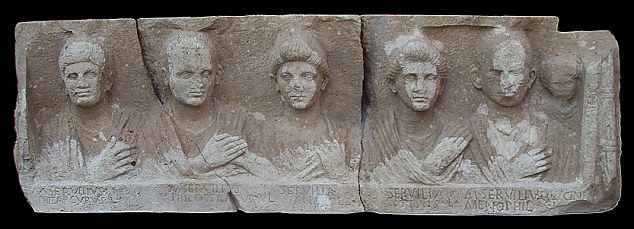
The important collection had been hidden for decades in the garden which had been allowed to grow wild after years of neglect.
During a painstaking three-year landscaping project to restore the garden to its former glory, gardeners were astonished to find the statues, each covered in moss, lichen and slime.
The works include carved reliefs of wild boar, satyrs, griffons and goddesses.
They were found beneath a carpet of soil and leaf litter during works to landscape the garden of Villa Wolkonsky - once the home of a Russian princess.
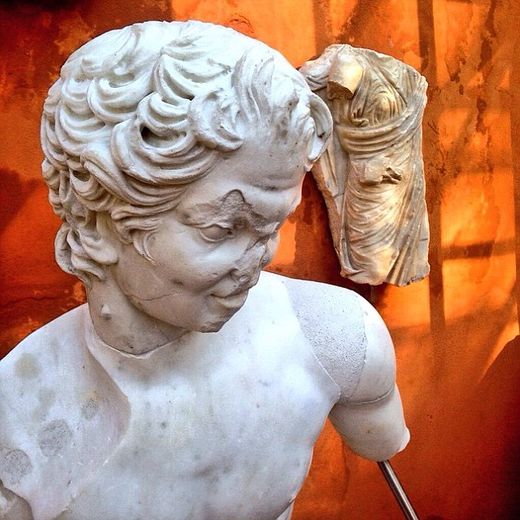
They are currently on show in the villa's 10-acre garden and experts say they are important from both an artistic and an archaeological point of view.
The villa itself is a palazzo and has been the residence of the British ambassador to Italy since the end of World War Two.
The restoration of the garden is being led by Nina Prentice, the wife of the ambassador, Christopher Prentice.
'Everything had slid into ruin and was covered in muck,' Mrs Prentice told The Telegraph.
'Every time we ventured into a different part of the garden, there would be another amazing statue. I just kept saying to myself, "I can't believe it."'
The rediscovered artifacts include stone reliefs from ancient Roman tombs showing the faces of freed slaves, their wives and children.
Other friezes feature chariot races and the ritual sacrifice of bulls.
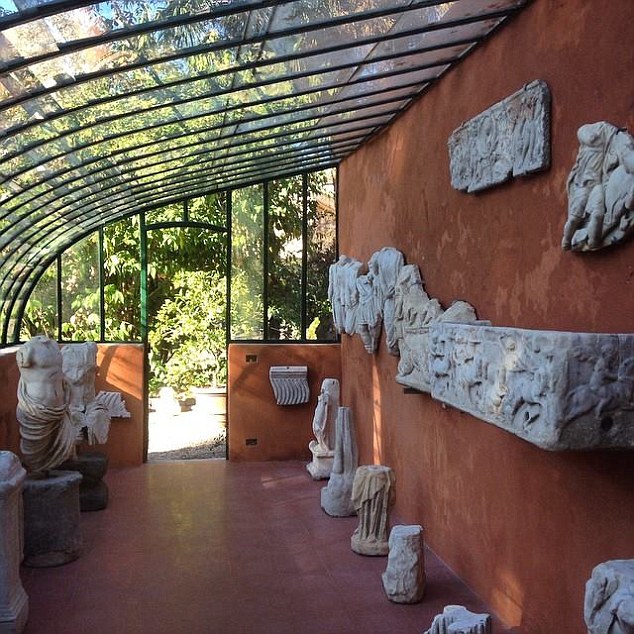
Dr Dirk Booms, a curator from the British Museum, told the paper the funerary relief showing five freed slaves and a child is 'very rare'.
He said: 'They have Greek names, suggesting they were Greek slaves who were freed by their Roman owners. The collection is an important part of the story of Rome.'
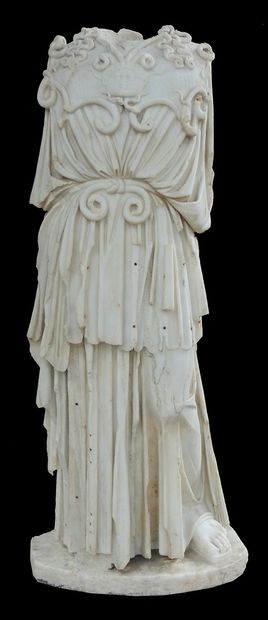
Many of the artefacts came from a nearby Roman necropolis and were used to decorate the garden while she lived there.
During this time she made her home the meeting place of artists and writers and the villa was frequently visited by Karl Brullov, Alexander Ivanov and Sir Walter Scott.
Nikolai Gogol wrote much of Dead Souls at the villa.
It was eventually sold to the German government in 1920, becoming the German embassy and ambassador's residence.
The Telegraph reports that during Nazi occupation of Rome in 1943 and 1944, the villa's underground bomb shelter was used to hold Italian civilians, some of whom were reportedly tortured by the Gestapo.
After the Liberation of Rome in 1944, the Italian government took over the property, and it was placed under the Allied Control Commission.
For a short time it was occupied by the Swiss legation and then the Italian Red Cross.
When the British embassy at Rome's Porta Pia was blown up in 1946, the Italian government allowed the British government to use the villa as a temporary embassy and residence.
The United Kingdom then purchased the villa in 1951.
When the new UK Embassy was reopened at its original location in 1971, the offices moved back to Porta Pia and the villa reverted to its role as Her Majesty's Ambassador's Residence.
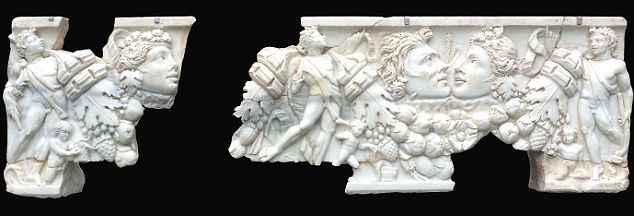



Reader Comments
to our Newsletter